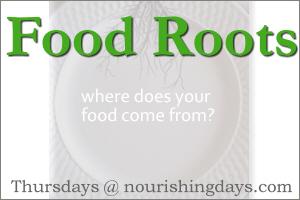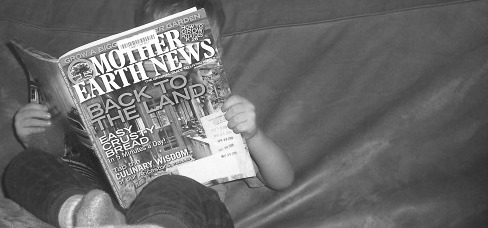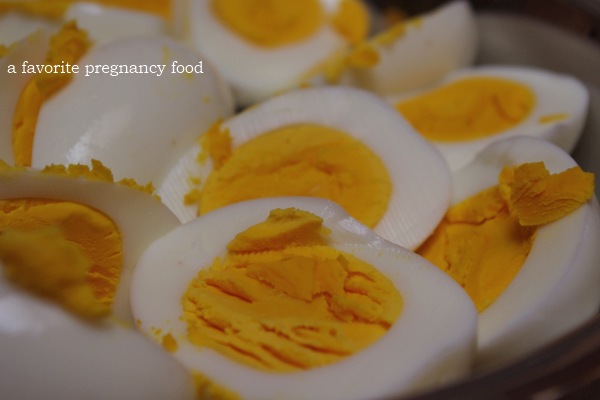How we do: Water containers
I am hoping this will be the first in a series of how we do certain things in our household. This is not necessarily the right way or the only way, but the way that things work for us. Right now what is running through my head is all related to simple living concepts, the first of which is how we do drinking containers for all ages around here.
Adults – Mason Jars.
This past summer with being pregnant I was drinking water constantly it seemed. I am not a huge fan of plastic containers for many reasons, but one day found myself without a plastic container to fill up before I left the house. So I reached for the only thing that I could guarantee would have a leak proof lid – a quart mason jar. So now whenever I need to carry water I grab for the glass quart jars in the cupboard.
Cons: Obviously glass is breakable so we try to be careful when on hard surfaces. I have, however, dropped these on our hard tile floor in the kitchen and they have simply bounced, so they are pretty durable.
Toddlers – Klean Kanteen.
Once our little guy was ready to move on from the bottle (more on that below), we were looking at handing him plastic sippy cups we had been given as a baby shower gift. There was nothing inherently wrong with these cups, but again we wanted something other than plastic. We looked online and found the klean kanteen. They make all sorts of sizes, and thankfully a small one with a sippy spout. Our toddler used the plastic sippy cups until our klean kanteen arrived in the mail.
Cons: Inevitably your toddler will drop it or ‘accidentally’ knock it off of the high chair tray. When this happens a dent can be made in the kanteen. It is only cosmetic, though. Also, their is the risk of your toddler dropping a full one on his toe and that would probably be painful, although ours never has. He always seems to dump it out instead :).
When we originally found out that I wasn’t making enough breast milk to sustain our first son we were in a panic and sent my mom out to buy bottles that would most closely resemble eating from mama. She brought back some great bottles with disposable liners which was great since I was constantly nursing or pumping and had little time to fuss with bottles. Eventually, though, we realized that plastic wasn’t what we wanted.
So we bought some evenflo glass bottles for our first baby. He rejected them straight away, no matter how many times we tried to give them to him. The nipples were much different than the plastic bottle ones and also much different than mama (since I was still breastfeeding). So we gave up and he continued to use the plastic bottles until we got him his klean kanteen. This time around when it was apparent that I wasn’t making enough milk again my husband headed out to the store. He brought home Dr. Brown’s glass bottles. I wondered if the baby would take them again, but thankfully we had no problems this time around since we started him on the glass bottles right away.
These have worked well for us and we just purchased the larger 7 oz. bottles since our little guy is eating up a storm.
Cons: Again, glass is breakable. You have to be careful not to heat the bottle up too much when you heat it. We have never had a problem with a shattered bottle, though. Also, it takes a bit more effort and time to wash these out since a). they’re not disposable and b). they have more parts to them since they contain an air release to cut down on gas.






